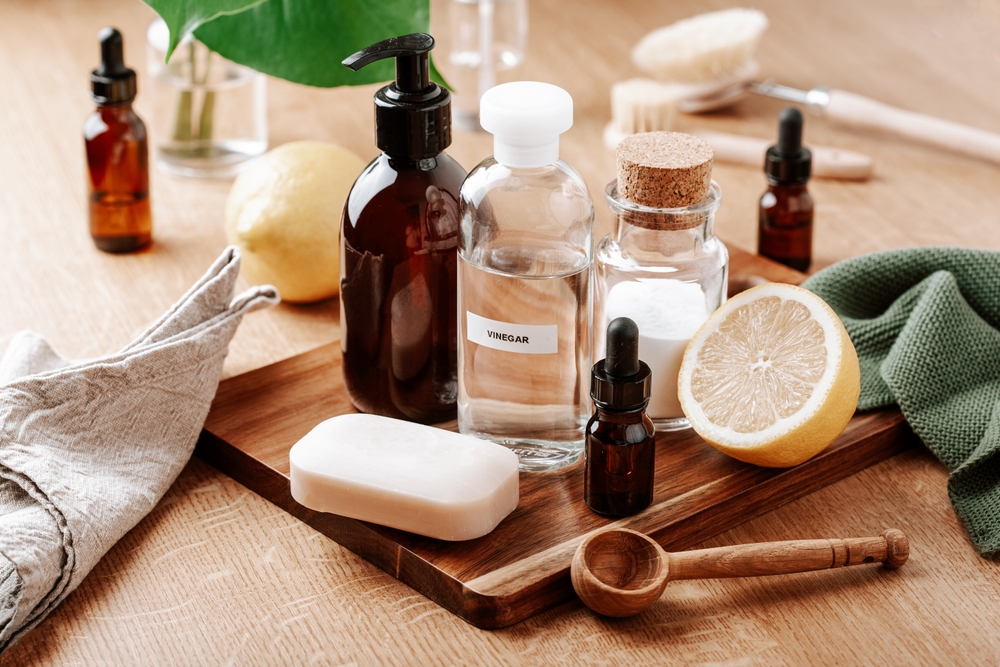In recent years, the landscape of everyday luxuries has shifted dramatically. What were once small indulgences that brought joy and comfort now feel like distant memories as budgets tighten and priorities shift. You might find yourself reminiscing about the little things that used to be easily accessible but are now stretching the limits of your wallet. From spontaneous coffee runs to a new paperback at the bookstore, these modest treats have become less attainable in today’s economic climate. Here, we delve into the “cheap” little luxuries that many of us are finding harder to afford, exploring what made them special and why they’re missed.
1. Fancy Haircuts
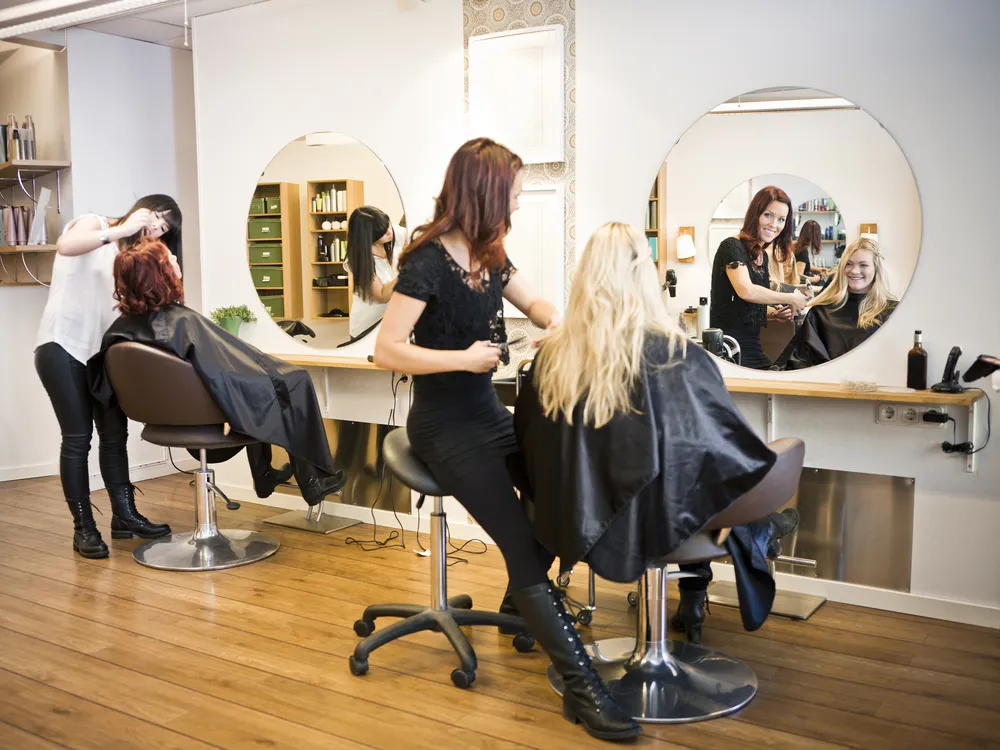
A visit to a high-end salon for a stylish haircut or color treatment once felt like a necessary luxury. It was an opportunity to refresh your look and boost your confidence, guided by the skilled hands of a professional. However, as costs rise, these trips have become less frequent for many. The price of a cut and color can be daunting, prompting people to explore more budget-friendly options. As a result, DIY haircuts, at-home coloring kits, and visits to less expensive salons have become more common.
While cutting your own hair or coloring at home may seem daunting, it can also be empowering and cost-effective. Online tutorials and user-friendly products have made it easier than ever to achieve salon-like results on your own. These alternatives allow for more frequent updates to your look without the associated costs. Additionally, some have turned to beauty schools, where students offer services at a fraction of the price. This change highlights a growing trend toward practicality and self-sufficiency in personal grooming.
2. Impulse Bookstore Buys

Roaming the aisles of a bookstore, letting the smell of printed paper surround you, is an experience in itself. Picking up a book on a whim, exploring new worlds and ideas, used to be an accessible escape. But with higher costs of living, those unplanned purchases can add up quickly, turning a delightful pastime into an occasional treat. Libraries have become the go-to for those looking to explore new reads without the financial commitment. While it doesn’t replace the thrill of owning a new book, it’s a practical way to continue the joy of reading.
Though buying new books has become less frequent, the experience remains cherished and eagerly anticipated. When you do decide to purchase a book, it’s often more deliberate and meaningful. You might opt for second-hand bookstores or book swaps to satisfy your literary cravings. These alternatives provide a sense of community and sharing, offering new ways to appreciate literature. The pleasure of reading persists, even if the way you acquire books has changed.
3. Dining Out on a Whim

Eating out used to be a spontaneous adventure, a break from cooking and an opportunity to explore new cuisines. Whether it was a gourmet burger or an ethnic fusion dish, dining out felt like a manageable indulgence. However, the rising cost of restaurant meals has made these outings less frequent. A report by the Bureau of Labor Statistics indicates that food away from home has seen a significant price increase, affecting dining habits across the nation. As a result, cooking at home has become more common, as people seek to balance their budgets.
While eating at home is often healthier and more cost-effective, it lacks the excitement and immediacy of dining out. The social aspect of gathering with friends or trying a chef’s latest creation is hard to replicate in a home setting. However, it has also inspired many to hone their culinary skills, exploring new recipes and cooking techniques. This change in habit has nurtured a deep appreciation for both food and the effort that goes into preparing it. It serves as a reminder that dining, whether out or at home, is about more than just the food.
4. Movie Nights at the Theater
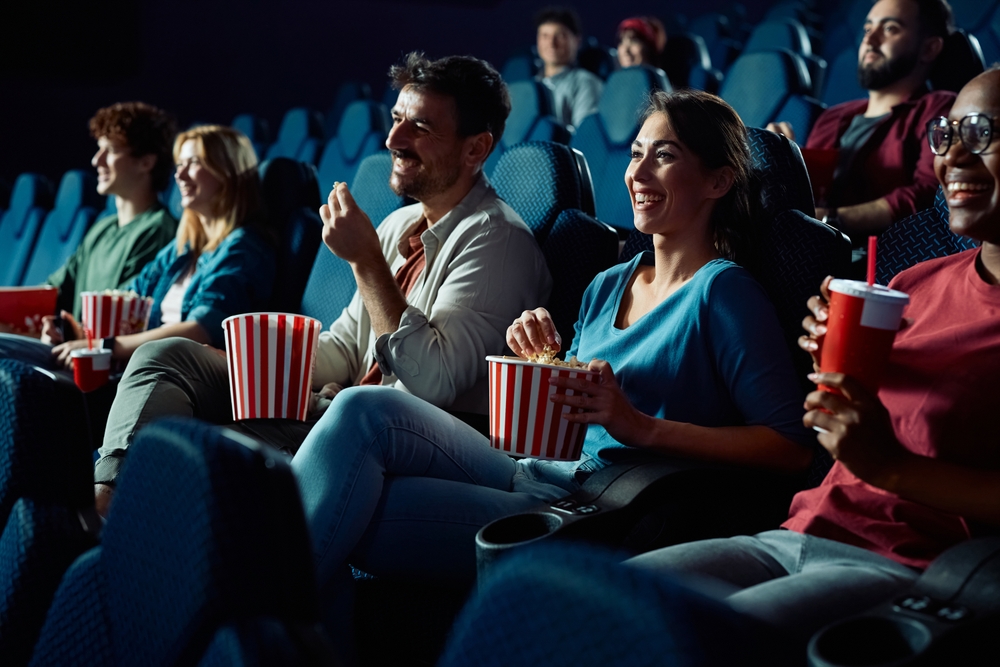
Going to the movies used to be a simple pleasure, a few hours of escape into a world of storytelling on the big screen. The experience of watching a blockbuster with popcorn in hand was a beloved weekend activity. But with ticket prices climbing and streaming services offering cheaper alternatives, trips to the cinema have become less frequent. The convenience and cost-effectiveness of streaming at home often win out over the theater experience. Still, the magic of the big screen—the surround sound, the shared reactions of an audience—remains irreplaceable.
The appeal of watching movies at home lies in its flexibility and comfort. You can pause for breaks, rewind your favorite scenes, and watch in pajamas. Despite these conveniences, the grandeur and communal atmosphere of a theater trip are sorely missed by many. Watching a new release on opening night, surrounded by fans, is an experience that home viewing can’t duplicate. For now, the occasional theater visit feels like a special treat rather than a regular occurrence.
5. Weekend Getaways

A spontaneous weekend trip used to be a perfect way to recharge and break from routine. Whether it was a quick drive to a nearby beach or a cozy cabin in the mountains, these mini-vacations were a breath of fresh air. However, with travel costs rising alongside everyday expenses, such getaways have become rare luxuries. According to a study by TripAdvisor, the cost of travel accommodations has seen a marked increase, making spontaneous trips less feasible. As a result, people are finding new ways to relax and rejuvenate closer to home.
Staycations have emerged as a popular alternative, offering a chance to explore local attractions without the travel expenses. From visiting museums to hiking local trails, there are plenty of ways to enjoy a break without breaking the bank. Though they lack the novelty of distant travel, staycations can still provide a refreshing change of pace. Creativity in planning local adventures has become a way to capture the spirit of a getaway. It’s a testament to the human ability to adapt and find joy in the familiar.
6. Regular Spa Days

A day at the spa once promised relaxation and pampering, a chance to unwind from the stresses of daily life. Facials, massages, and saunas were more than treatments; they were a retreat for the mind and body. Yet, with tightening finances, regular spa visits have become an occasional indulgence rather than a frequent fixture. The cost of a single spa day can now rival a week’s worth of groceries, making it a less justifiable expense. For many, home spa days have become a creative substitute, offering similar relaxation at a fraction of the cost.
Creating a spa-like atmosphere at home can be both soothing and satisfying. It involves simple pleasures like scented candles, bath salts, and calming music, transforming a regular day into a restorative retreat. While it lacks the expert touch of a professional, it serves as a much-needed moment of self-care. DIY facials and at-home massages with partners or friends have also gained popularity. These alternatives highlight that relaxation and self-care don’t always require leaving the house.
7. Concerts and Live Shows

Attending live concerts and performances used to be an exhilarating way to connect with music and culture. The energy of a live show, the crowd’s enthusiasm, and the interaction with performers created unforgettable memories. But as ticket prices soar and additional costs stack up, such events have become less accessible to many. According to Pollstar, the average price of a concert ticket has increased significantly over the years, pushing live shows into the realm of luxury. This shift has left music lovers searching for other ways to enjoy their favorite artists.
Listening parties and virtual concerts have emerged as popular alternatives, bringing people together in new ways. While a virtual experience can’t replicate the physical thrill of a live show, it offers accessibility and affordability. Local gigs and street performances have also gained attention, providing a taste of live music without the hefty price tag. These changes remind us that music remains a universal connector, no matter the format. Even if the venue changes, the joy of shared musical experiences endures.
8. Gym Memberships

A gym membership was once considered a staple for anyone pursuing fitness and wellness goals. The variety of equipment, group classes, and professional guidance provided structure and motivation. However, as fees rise and personal budgets tighten, many have reconsidered the necessity of a traditional gym. The pandemic also played a role in this shift, as people discovered home workouts and outdoor activities. This trend has reshaped how we approach fitness, focusing more on versatility and personalization.
Home gyms and online fitness platforms have made it possible to stay active without the monthly membership costs. Investing in a few key pieces of equipment or subscribing to a virtual class can provide a comprehensive workout experience. This shift has also introduced a new level of flexibility, allowing workouts to fit into any schedule. Outdoor activities like running, cycling, or bodyweight exercises in parks have also gained popularity. The emphasis has shifted from a specific location to a broader approach to staying fit.
9. Gourmet Coffee Runs
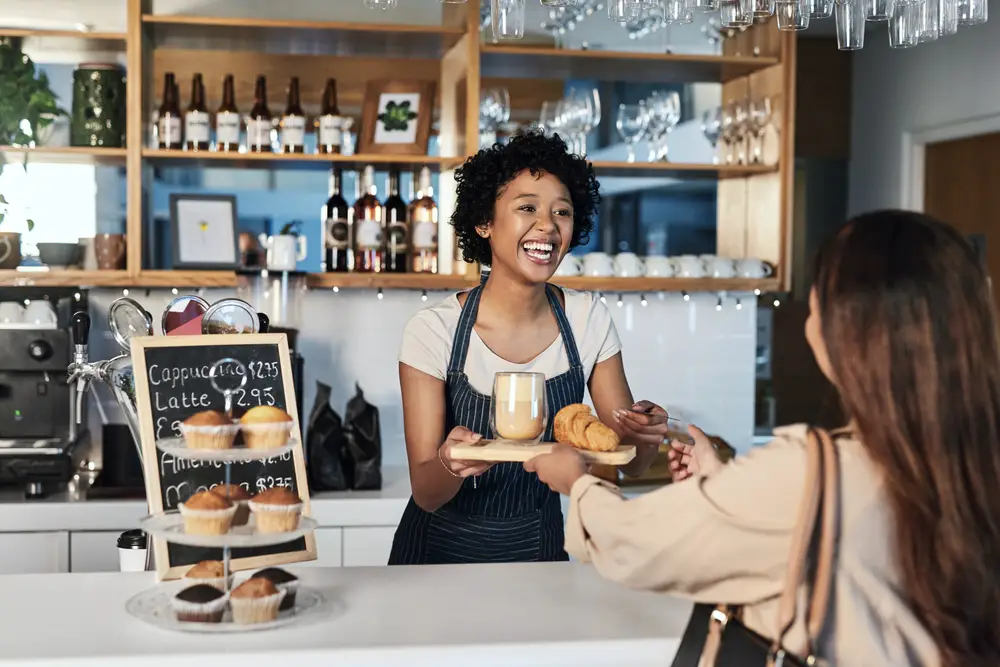
There was a time when grabbing a gourmet coffee from your favorite café was a daily ritual. It was a small luxury that offered a moment of calm and a kickstart to your day. The aroma, the friendly barista, and the perfect brew were all part of the experience. But with rising prices and tightening budgets, that $5 latte now feels like a splurge rather than a staple. According to the National Coffee Association, the average price of a cup of coffee has increased steadily, making it a less frequent treat for many.
For some, brewing coffee at home has become the new norm, a compromise between comfort and cost. While the homemade version may lack the café ambiance, it’s a budget-friendly alternative. You might miss the personalized touch of a latte art heart or the social interaction during your morning pick-me-up. Still, the shift has also spurred creativity, as people experiment with home brewing techniques and flavors. Ultimately, it’s a reminder of how small luxuries can adapt without completely disappearing.
10. Subscription Boxes
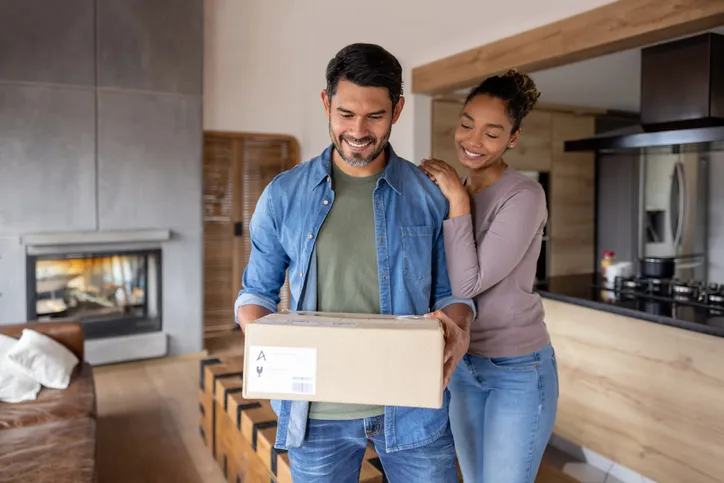
Subscription boxes were once a delightful way to discover new products, from beauty and fashion to snacks and gadgets. The thrill of receiving a curated selection each month added an element of surprise and excitement to everyday life. However, with budgets stretched thin, these subscriptions have become harder to justify. Each box is an added expense, often filled with items that might not be essential. As a result, many have opted to cancel or pause their subscriptions, turning to other ways to explore new products.
Alternatives like free samples, swaps, and reviews have become popular, allowing continued discovery without the recurring cost. Sampling events and online giveaways provide opportunities to try new things at little to no expense. These options lack the consistency of a subscription but offer a similar sense of novelty. They also encourage more thoughtful consumption, focusing on quality rather than quantity. This shift reflects a broader trend towards mindful spending and resourcefulness.
11. Daily Takeout Lunches

Grabbing takeout for lunch was once a convenient way to enjoy a tasty meal without the hassle of cooking or packing. It offered variety and ease, perfect for busy workdays or a change of pace. However, as the cost of takeout meals increases, daily orders have become a luxury rather than a routine. The cumulative cost of these meals can be significant, prompting a reevaluation of eating habits. Preparing lunch at home has become a more economically sound choice, offering control over ingredients and spending.
The shift to homemade lunches encourages creativity and healthier eating habits. It requires planning but allows for customization and experimentation with flavors. While it may initially seem time-consuming, the benefits of saving money and knowing exactly what goes into your meals are worthwhile. Meal prepping on weekends can streamline the process, making lunchtime easier during busy weekdays. This evolving habit underscores a growing focus on practicality and wellness.
12. Regular Art Supplies
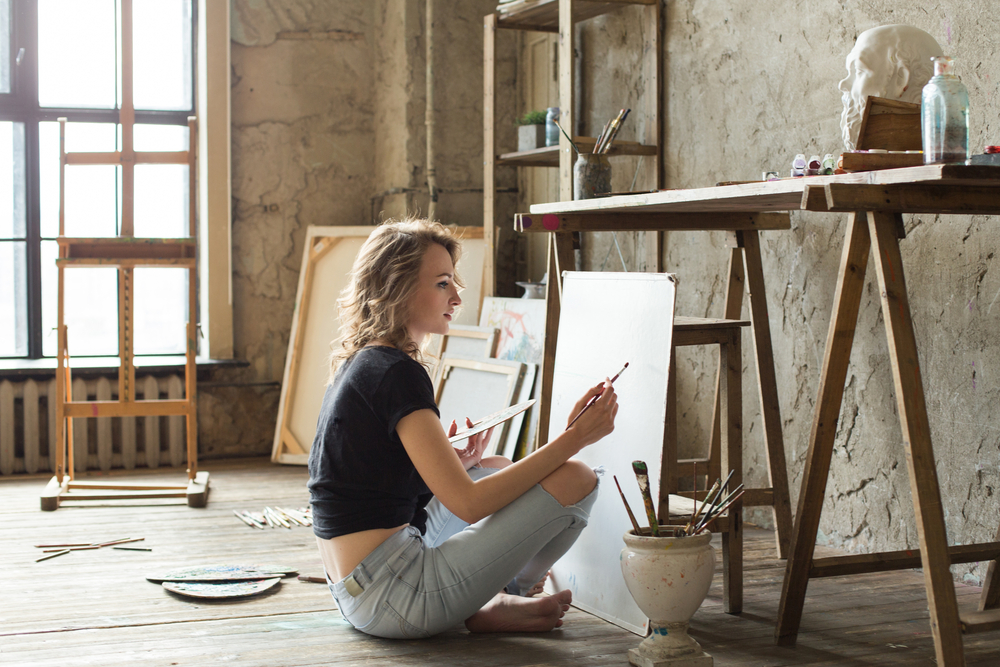
For those who find solace in creativity, buying art supplies was an enjoyable investment in personal expression. New paints, sketchbooks, or crafting tools provided inspiration and fueled artistic pursuits. But as financial priorities shift, these purchases can feel less justifiable, especially when essentials take precedence. The cost of quality supplies can add up, leading to a more measured approach to purchasing. Many have turned to alternatives like digital art platforms or using existing materials in new ways.
Exploring digital art can open new creative avenues without the need for physical supplies. It offers endless possibilities with minimal investment, accessible to anyone with a computer or tablet. Repurposing and upcycling old materials can also spark creativity, encouraging innovative techniques. Community art projects and shared resources provide further opportunities for creativity without significant expense. These adaptations highlight the enduring nature of art and its ability to thrive under changing circumstances.
13. Frequent Home Decor Updates
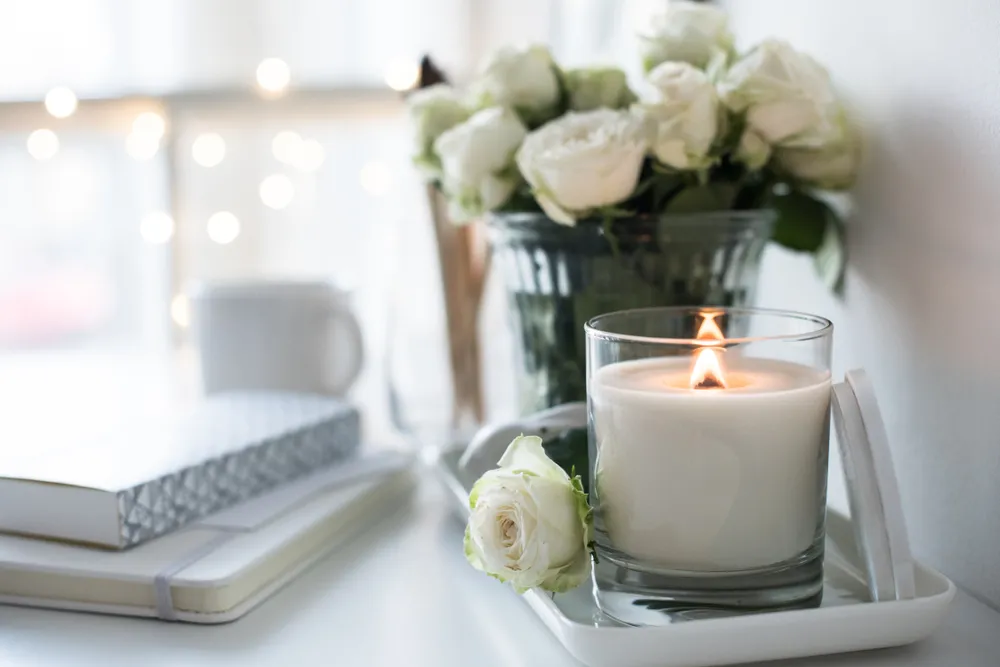
Updating your home decor was once a fun and frequent way to refresh your living space and express personal style. From new throw pillows to seasonal decorations, these changes added character and charm to your home. However, with increased financial constraints, frequent updates have become less practical. The cost of decor items can quickly add up, leading to a more selective approach. As a result, many have embraced minimalism, focusing on versatile and timeless pieces.
Emphasizing quality over quantity allows for a more sustainable approach to home decor. Investing in a few key pieces can create a cohesive and stylish space without the need for constant changes. DIY projects and thrift store finds offer creative and budget-friendly alternatives for sprucing up your home. Rearranging existing items or upcycling can also breathe new life into a space. This shift reflects a growing appreciation for sustainability and thoughtful design in home aesthetics.
This article is for informational purposes only and should not be construed as financial advice. Consult a financial professional before making investment or other financial decisions. The author and publisher make no warranties of any kind.






